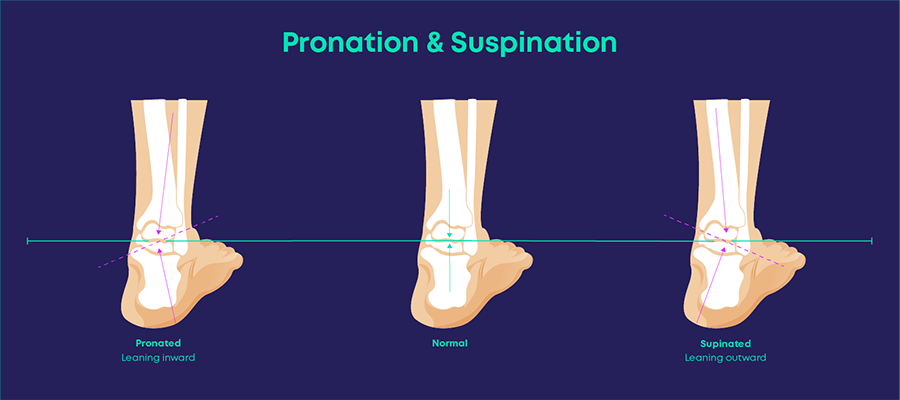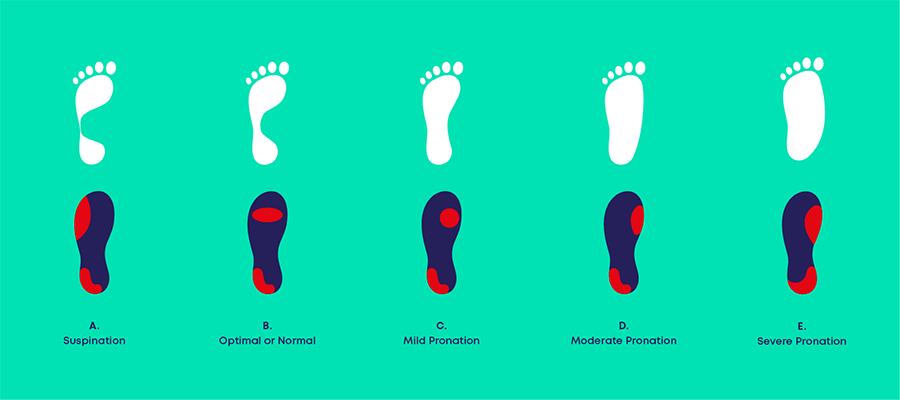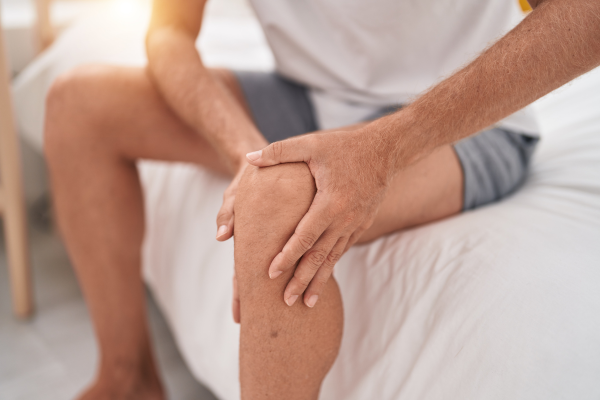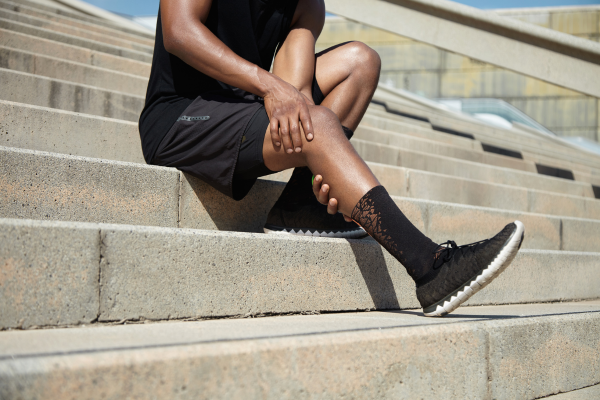If you have ever bought a pair of running shoes, you will know what a complicated process it can soon become. As well as a multitude of brands, styles, colours, and price-points, one of the key considerations is the amount of ‘stability’ you require. Shoe manufacturers go out of their way to offer different levels of support and running shops often have a treadmill where they can perform gait analysis, to see how your feet strike the ground when you run. You may have heard terms such as ‘over pronation’ or ‘supination’, but what do they mean and more importantly, what do you need to do to avoid injury?
Running or walking is a complex activity. A lifetime of practice means that for most people, we never give much thought to the movements that our feet are performing. When we run or walk, one of our feet will leave the ground, move through the air and then land back down, taking the impact of our weight as it does so. The momentum of the moving body shifts our weight forward and the foot rolls forward from heel to toe. The foot leaves the ground again and the process is repeated by the other foot. This ‘simple’ process is made possible by the lateral and rotation movement of our ankles and feet, in all three axes. Eversion, abduction, and dorsiflexion. The exact way an individual’s feet and ankles makes these movements, is what gives rise to the terminology of pronation and supination.
Pronation, Over-pronation, and Supination

Pronation: This is simply a term that describes the way a foot rolls inwards, distributing the impact of the body weight upon landing. During the pronation process, your arch is supporting around three times your body weight! This normal foot roll, or pronation, is sometimes referred to as ‘neutral’.
Over-pronation: If the roll of your foot happens too quickly, the movement becomes exaggerated, leading to over-pronation, or ‘severe pronation.’ Factors that may contribute to over pronation include weakness in calf muscles or ligaments, being overweight, or having flat feet. Over pronation can lead to problems with the knees, hip joints and even your back.
Supination: For some runners and walkers, the reverse process happens and the foot rolls outwards rather than inward. This is known as supination, or ‘under pronation’. Supination puts excess strain on your ankles and may lead to shin splints, or calluses and bunions on the outside of your foot, and pain in your heels and balls of your feet. Common injuries resulting from severe supination include iliotibial band syndrome, Achilles tendinitis, and plantar fasciitis.

For runners, a common way to tell if you overpronate or supinate is to look at the wear patterns on the sole of your shoes. The excessive rolling-inwards of over-pronation will be seen as uneven wear on the inside of the front-sole and heel. The outward roll of supination will result in the opposite, wearing away the outside of the shoe’s sole. Even wear across the front of the sole, with a slight bias to the outside heel, is showing a normal pattern of pronation.
How to compensate for Supination or Overpronation
Not that long ago, the received wisdom was to manufacture specialist shoes, or inserts, which provided a physical correction. Wedge shaped insoles would attempt to ensure that the foot was horizontal when it struck the ground, even if the sole of the shoe was not. This was a hotly debated topic amongst runners, with some going against the idea, theorising that this mechanical correction was fighting your body’s natural way of moving, which could end up doing more harm than good.
More recent research, looking at the use of different shoe styles for the prevention of injury suggests:
“A runner intuitively selects a comfortable product using their own comfort filter that allows them to remain in the preferred movement path. This may automatically reduce the injury risk and may explain why there does not seem to be a secular trend in running injury rates.”
As a result, running shoe manufacturers have now abandoned attempts to create shoes that mechanically compensate for supination or overpronation, instead focusing on shoes which provide the runner with a higher degree of comfort. Some shoes will provide more support or stability, however the way to select the shoe that is right for you is to find a style that provides comfort, your foot’s way of saying they are doing a good job!
Custom made shoe insoles, orthotics, can also provide a significant benefit. They are more often used to create the ‘comfort effect’ for walking and daily use. Again, they are not a simple mechanical correction, which is why custom fitting by a skilled podiatrist is recommended.
If your shoes and any insoles are comfortable and supportive, your body is telling you they are doing a good job!
Injury from Supination or Overpronation
Whilst a good quality and comfortable running shoe, or custom-made insole will help to minimise the adverse impact of pronation, injuries can still occur. Sometimes the pain is located directly in the foot, however often it can cause problems with other joints, including knees, hip and back. For this reason, it is important to treat injuries holistically, seeking advice from qualified podiatrists, sports physiotherapists, or osteopaths. They will be able to diagnose the cause of the problem and provide a treatment program not only to correct the underlying issues, but help the affected areas to recover. A good podiatrist will also be able to give advice on suitable footwear.
Neither supination or overpronation will cause you any major problems. However, if your feet or ankles are hurting when running you might need podiatry treatment. Our team of qualified podiatrists, sports physiotherapists, and osteopaths work closely together, to ensure that we treat you and your injuries in the most effective manner.





